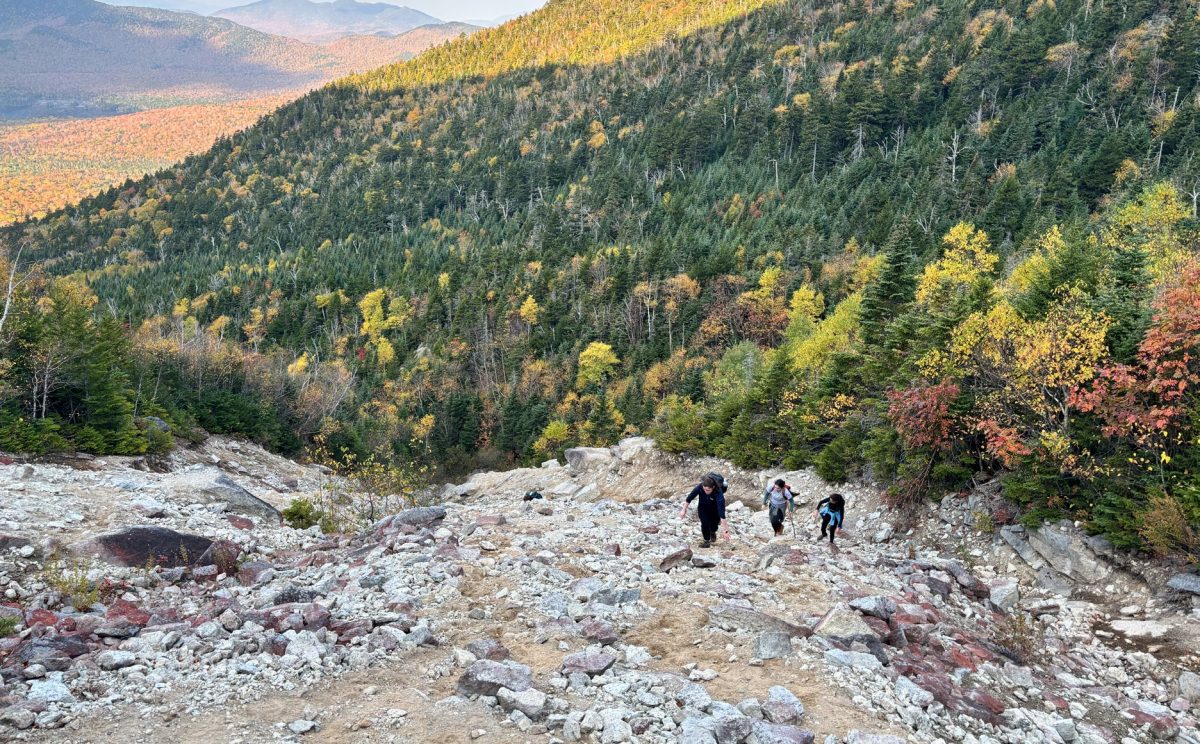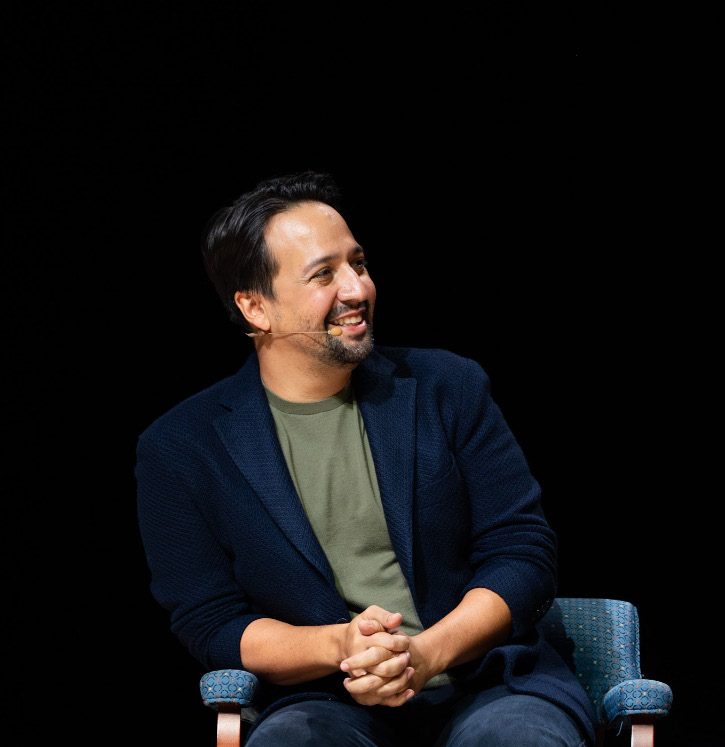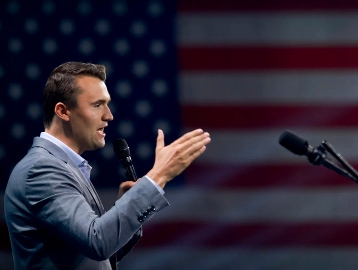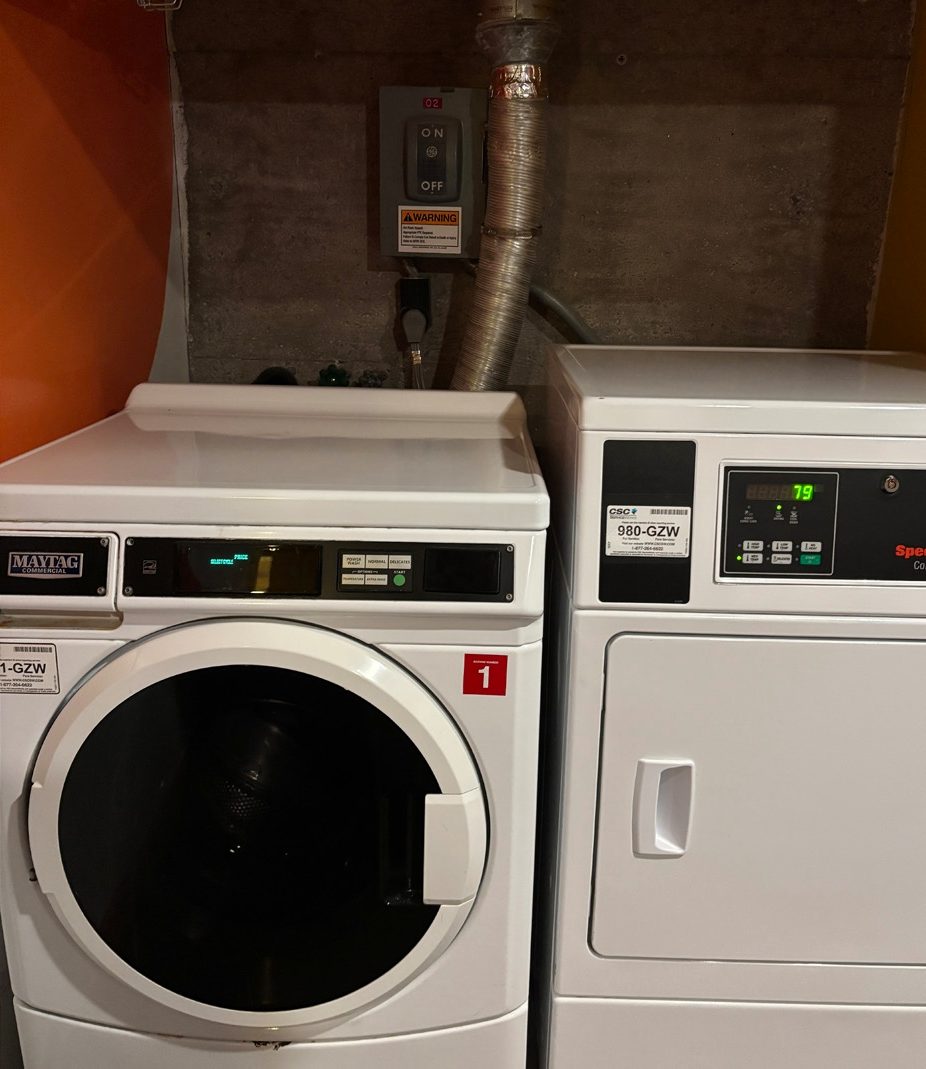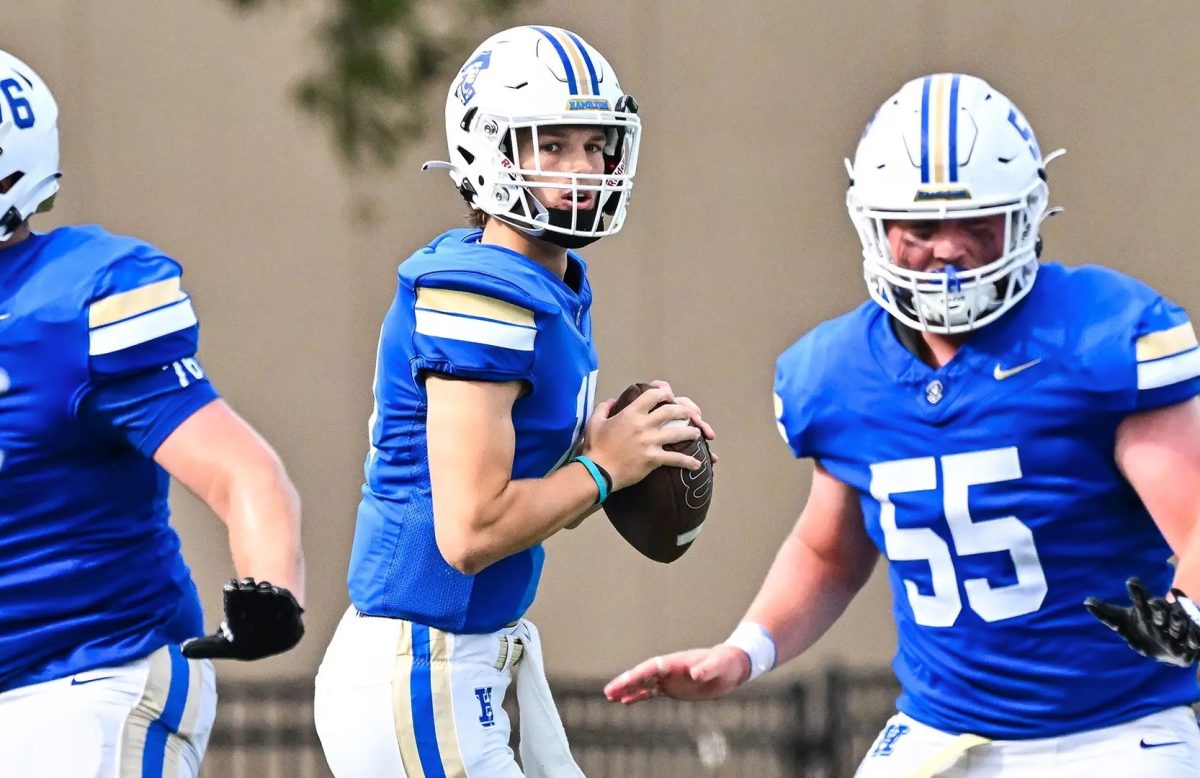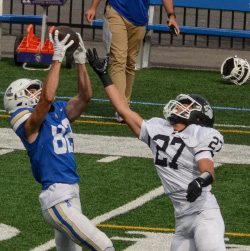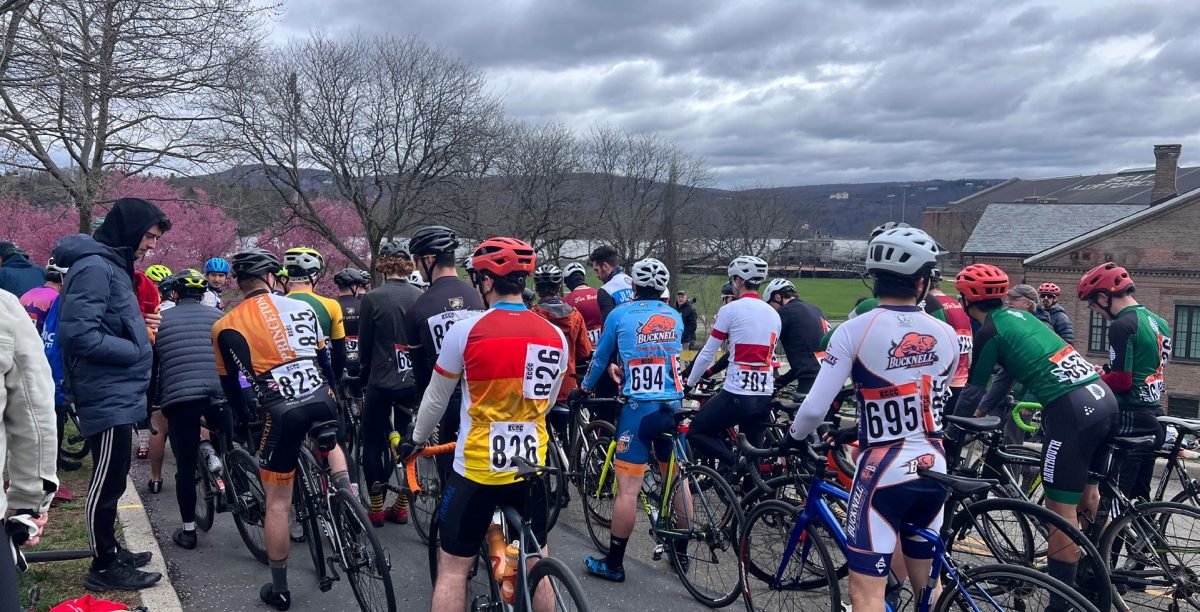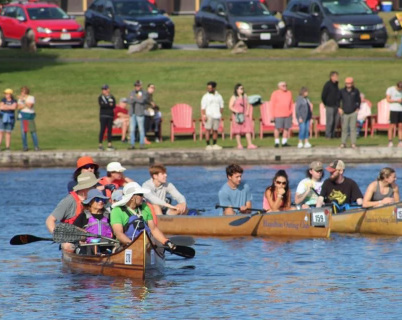
In the 41st running of the Adirondack Canoe Classic, hundreds of racers of all ages came together to paddle their way through 90-miles segment of the Northern Forest Canoe Trail. The event accepts racers in canoes, kayaks, guideboats and stand-up paddleboards.
According to Adirondack Daily Enterprise, the race began on Friday, Sept. 6 in Old Forge where racers rowed 35 miles to Blue Mountain Lake. On Saturday, racers traveled another 30 miles, starting in Long Lake and ending at Raquette River Boat Launch just outside of Tupper Lake. However, for the first time since 2016, the third and final day of racing was canceled due to potentially dangerous weather conditions. That does not diminish the accomplishment of the competitors who rowed 65 miles in two days.
Hamilton students formed five boats in total: three were four-person canoes, one was a three-person and one held eight. Hamilton’s Director of Outdoor Leadership Andrew Jillings also competed in a single canoe, where he finished second in his category.
Each day’s leg of the race lasted anywhere from four to ten hours, depending on the number of rowers in a given boat and the intensity of their rowing. Therefore, it took incredible motivation and commitment from all Hamilton students to be prepared for the mentally and physically taxing challenge they faced. Leading up to the race, students woke up before 5 a.m. every day and went to Delta Reservoir in Rome, New York to practice paddling with the Hamilton team. But their hard work paid off and all five student boats finished their routes on both days.
Calvin Doherty ’25, who competed in the race for the first time, was very glad he tried it out. “I’m a little disappointed that we weren’t able to do the full 90 miles but other than that it was a really good time. The race was organized super well and I had a good time getting to know the other people on the team.”
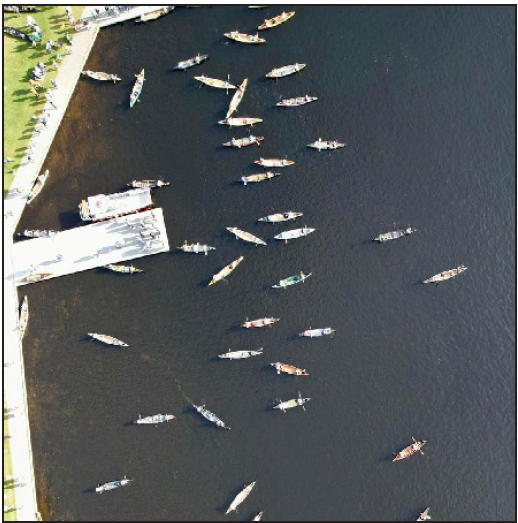
Doherty also talked about the challenges he faced while paddling for long hours and long distances throughout the two days. “The hardest part was the paddling. Once you get to the later hours of each day, it gets pretty brutal and it comes down to your mentality — just persevering through the pain.”
Doherty also described the method by which competitive rowers had to eat and hydrate while on the boat. He explained that in order to maximize efficiency and speed, the rower must limit the time they take to consume food and drink to less than the time it takes to row three strokes. This sort of competitiveness allowed Doherty’s boat to clinch thirteenth in their category.
Forrest Schmitt ’27, a teammate in Doherty’s boat, shared his experience dealing with adversity and the sub-optimal conditions of the second day. “The second day was definitely tough. I had warm layers underneath a raincoat and I definitely generated a lot of heat paddling as well, but I would go through moments of being too hot and too cold. So I would have to readjust, which is definitely tough when you’re paddling and when you have to minimize the strokes you miss.”
When asked if he would like to compete again in future years, Schmitt said, “I’m definitely going to do it the next two years. I think it would definitely be fun to, hopefully, captain or stern a boat. I had a great time overall. It’s definitely type-two fun, but I love doing this kind of thing and I look forward to doing something like this again.”
The tradition of the Adirondack Canoe Classic continues going strong on the backs of competitive and recreational racers alike, as well as the support given by organizational workers and observers. While the race certainly requires physical and mental fortitude, it is also great for anyone who loves the outdoors and wants a challenge.

